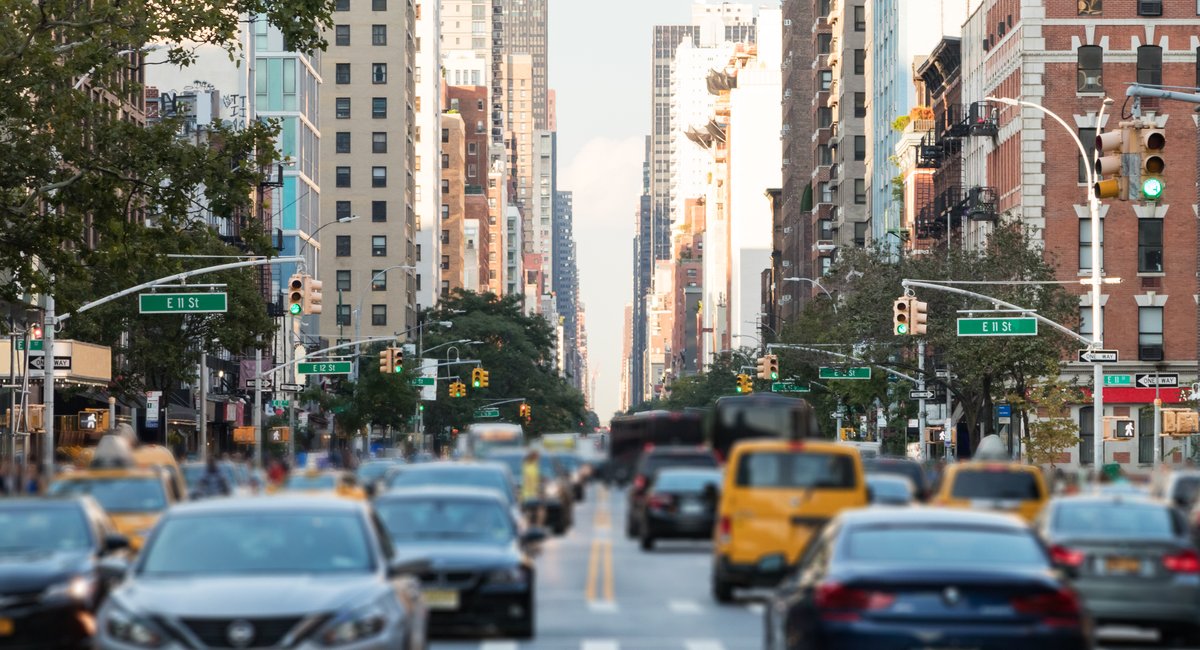New York State has finalized the list of so-called “disadvantaged communities” to be targeted for extra funding and cleanup in the state’s ambitious multibillion-dollar climate plan.
The 1,736 census tracts identified by the state Climate Justice Working Group – a little over a third of all in the state – include swaths of New York City’s coastline, central Brooklyn, and large portions of northern Manhattan and the Bronx. The working group approved the designations in a vote Monday.
The chosen communities must be first in line for the reduction of greenhouse gas emissions and resulting hazardous pollutants, and receive at least 35% of state spending on clean-energy and energy-efficiency programs – under the state’s sweeping Climate Leadership and Community Protection Act passed in 2019.
The law’s ambitious emissions reductions goals – of creating a carbon-neutral economy by 2050 – will cost some $300 billion over the many decades, according to estimates by the New York State Energy Research and Development Authority provided to THE CITY.
The years-in-the-making decision marks the state’s answer in the thorny national debate over how to define the neediest communities where government resources on fighting climate change should be targeted. It follows California’s so-called CalEnviroScreen and the federal Climate and Economic Justice Screening Tool under President Biden’s Justice40 initiative.
“I know that this process wasn’t always easy, but we really have completed an extremely important step,” said Alanah Keddell-Tuckey, director of the Office of Environmental Justice at the state Department of Environmental Conservation (DEC), and chair of the working group.
“We now have a tangible way to address climate injustices of the past,” added Elizabeth Furth, an Empire State Fellow with the state Department of Labor.
The working group based the final definition on 45 different environmental and socioeconomic data points, like poverty…
Read the full article here

Leave a Reply